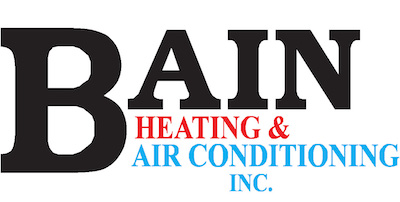
You might not think often about how your air conditioner functions, but it depends on refrigerant to keep your home cool. This refrigerant is controlled by environmental regulation, as it contains chemicals.
Subject to when your air conditioner was put in, it may require R-22, R-410A or R-32 refrigerant. We’ll review the differences and which air conditioner refrigerants are being phased out in Heflin, as well as how these phaseouts impact you.
What’s R-22 and Why Is It Phased Out?
If your air conditioner was installed before 2010, it likely contains Freon®. You can discover if your air conditioner has it by reaching us at 256-270-1196. You can also inspect the name plate on your air conditioner condenser, which is situated outside your residence. This sticker will have details on what model of refrigerant your AC has.
Freon, which is also called R-22, has chlorine. Scientists consider R-22 to be bad for the earth’s ozone layer and one that prompts global warming. The Environmental Protection Agency, which manages refrigerants in the United States, banned its production and import in January 2020.
Should I Replace My R-22 Air Conditioner?
It varies. If your air conditioning is operating as designed, you can continue to run it. With routine air conditioner maintenance, you can expect your system to operate around 15–20 years. However, the Department of Energy reports that replacing a 10-year-old air conditioner could save you 20–40% on yearly cooling costs!
If you don’t replace your air conditioner, it might create difficulties if you have to have air conditioning repair later on, specifically for refrigerant. Repairs could be pricier, because only limited levels of recycled and reclaimed R-22 is accessible.
With the discontinuation of R-22, most new air conditioners now have Puron®. Also called R-410A, this refrigerant was created to keep the ozone layer in good shape. Because it calls for a varying pressure level, it doesn’t match air conditioners that use R-22 for cooling.
However, Puron still has the potential to lead to global warming. As a consequence, it could also ultimately be ended. Although it hasn’t been communicated yet for residential air conditioners, it’s likely sometime this decade.
What Refrigerant Will Take the Place of R-410A?
In preparation of the discontinuation, some companies have started using R-32 in new air conditioners. This refrigerant ranks low for global warming potential—about one-third less than R-410A. And it also lowers energy use by about 10%, according to the Intergovernmental Panel on Climate Change’s Fourth Assessment Report. That’s savings that might be forwarded on to you through your energy costs.
Bain Heating & Air Conditioning Can Provide Support with All Your Air Conditioning Needs
In brief, the alterations to air conditioner refrigerant probably won’t impact you greatly until you need repairs. But as we discussed beforehand, refrigerant repairs might be more costly because of the reduced amounts on hand.
In addition to that, your air conditioner frequently breaks down at the worst time, frequently on the muggiest day when we’re getting a lot of other calls for AC repair.
If your air conditioner requires an outdated refrigerant or is more than 15 years old, we recommend getting an up-to-date, energy-efficient air conditioner. This delivers a trouble-free summer and may even lower your cooling bills, especially if you choose an ENERGY STAR®-rated model. Plus, Bain Heating & Air Conditioning provides many financing programs to make your new air conditioner even more affordable. Contact us at 256-270-1196 to get started today with a free estimate.


